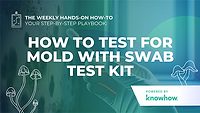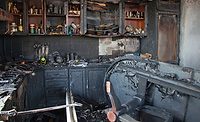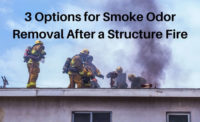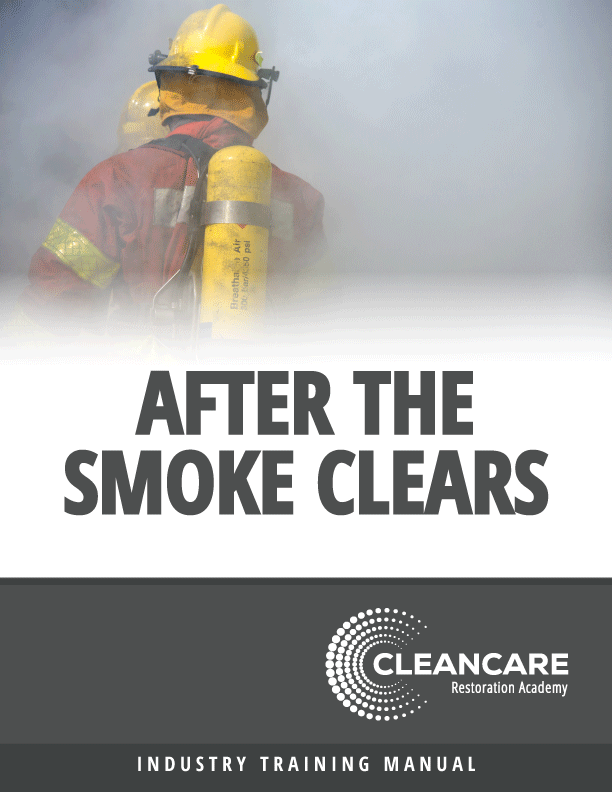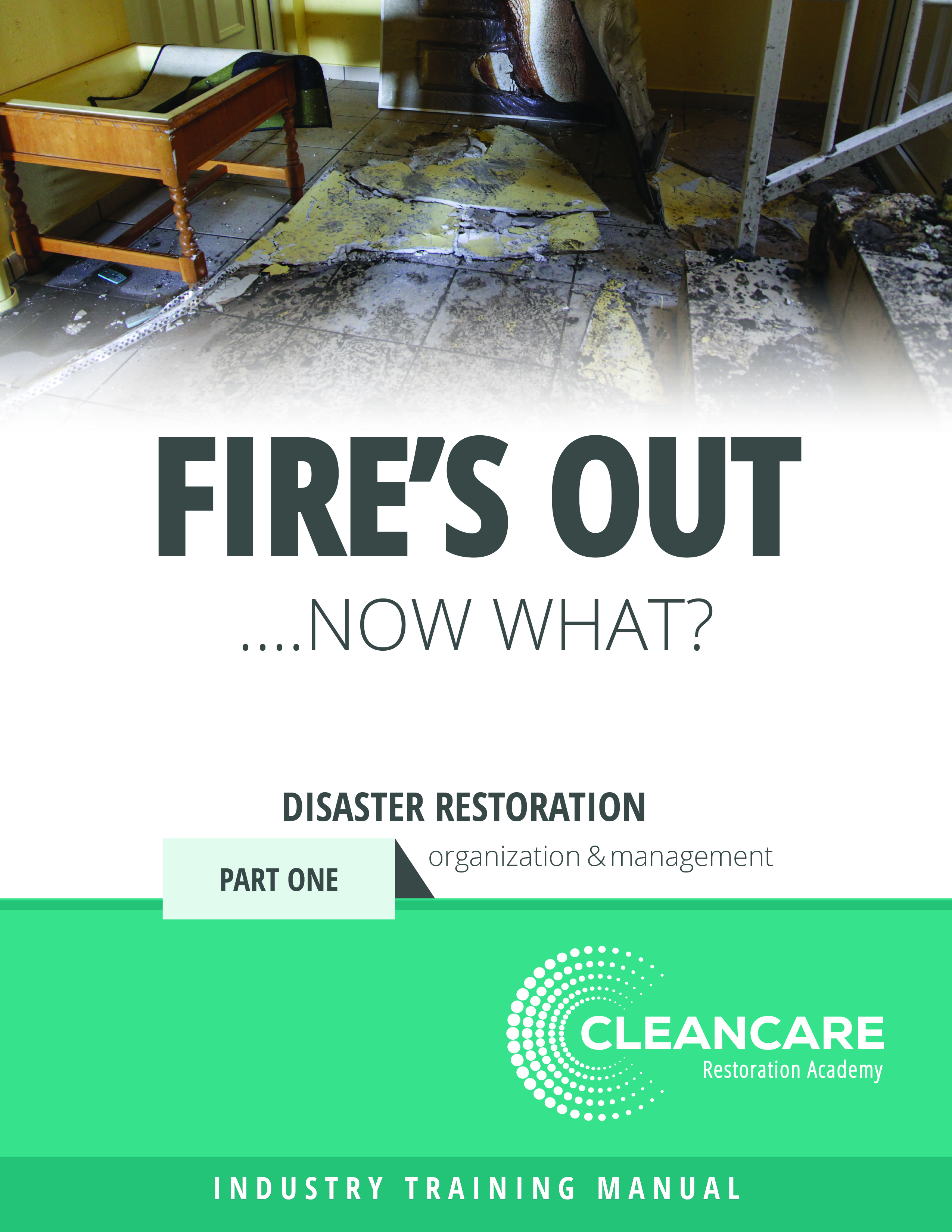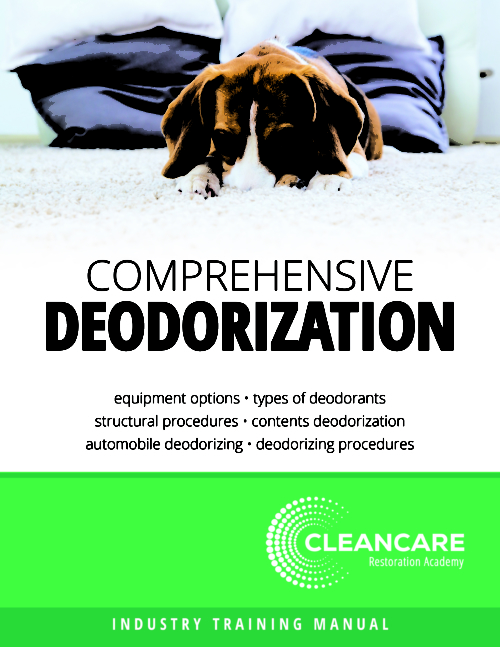Weekly Hands-on How-To powered by KnowHow
How to Test for Smoke Residue After a Fire Loss
Unseen damage can linger after a fire loss, discover how proper testing for smoke residue ensures comprehensive mitigation efforts

Image provided by KnowHow.
Fire leaves behind obvious destruction—but smoke is a different story. Even when walls look clean, smoke residue can linger in hidden spaces, seeping into attics, HVAC systems, and wall cavities. And if you can still smell smoke, it’s still there. The challenge isn’t just finding it—it’s proving it, especially when insurance companies require hard evidence before approving mitigation work.
That’s where proper testing comes in. Smoke particles settle in unexpected places—on cold surfaces, inside vents, and even on plastic materials that hold static charge. Without clear documentation, remediation efforts can stall, leaving behind lingering odors and unseen damage.
In this how-to, powered by KnowHow, we’ll walk you through the essential steps of smoke residue testing, from identifying high-risk areas to properly collecting and documenting samples. Let’s get started and make sure no contamination goes unnoticed!
Step 1: Identify Areas Where Smoke Residue is Likely to Exist
Smoke doesn’t always settle where you expect it. Even if there are no visible signs of residue, smoke particles can travel far from the source, seeping into wall cavities, basements, attics, and closets. Inspecting these areas methodically is crucial for detecting hidden contamination.
Residue tends to settle on cold surfaces, metallic surfaces, flat horizontal areas, and materials that hold static charge, such as plastic bags. The HVAC system is also a common culprit—smoke deposits can accumulate in ductwork and on air filters, continually recirculating odor throughout the property. A thorough inspection of these high-risk areas will ensure nothing is overlooked.
Step 2: Understand the Need for Proper Testing
Determining the extent of smoke contamination isn’t as simple as relying on sight or smell. While soot levels and odors can be subjectively evaluated based on experience, that won’t be sufficient for insurers or clients who require clear, documented proof of contamination.
Testing provides measurable evidence that smoke residue exists and needs to be mitigated, ensuring proper remediation efforts are justified and covered. Without proper documentation, lingering damage could go unaddressed, leading to ongoing odor issues and potential secondary damage.
Step 3: Collect Swipe Samples
To confirm the presence of smoke residue, use a white or light-colored dry sponge or cloth to swipe high-risk surfaces identified in Step 1. The color of the residue collected can indicate whether smoke-related particulate matter is present:
- Black discoloration suggests fire-related soot or smoke deposits.
- White or light gray discoloration is more likely to be normal household dust.
If chemical exposure from the fire is a concern, samples can also be collected for laboratory analysis. While this process won’t cover lab testing, it is an option for cases where chemical residue is suspected.
Step 4: Take Photographs
Before discarding or sealing samples, photograph both the swipe sample and the surface from which it was taken. These images serve as crucial documentation for insurance claims, remediation planning, and quality assurance.
A clear, well-lit photo of the swipe sample provides visible evidence of contamination, while a photo of the sampled surface ensures accurate record-keeping for reference during mitigation.
Step 5: Document the Sample Source
Proper documentation ensures that all collected samples are traceable and verifiable. Secure each swipe sample onto an index card or labeled holder, recording the following details:
- Location of the sample collection site.
- Date and time of collection.
- Inspector’s name or initials for accountability.
Once labeled, place the sample and documentation into a sealed plastic bag for storage. This step helps maintain sample integrity and provides organized, well-documented proof of smoke residue.
Ensure Every Trace of Smoke is Accounted For with KnowHow
Proper testing isn’t just about confirming what you suspect; it’s also about gathering the evidence to back it up. Clear, documented proof not only justifies mitigation work but also ensures no contamination is overlooked, protecting the health of occupants and the integrity of the property.
But even the most experienced restoration pros can run into uncertainties or miss a step — and that’s why top restorers are using KnowHow. With instant access to on-the-job answers and company-specific SOPs, your team has the right guidance on-site, every time. From smoke residue testing to fire damage mitigation guidance, KnowHow keeps your crews aligned and your documentation airtight.
Take the guesswork out of every step. Visit tryknowhow.com today to see how KnowHow helps you work smarter and stay compliant.
Looking for a reprint of this article?
From high-res PDFs to custom plaques, order your copy today!




